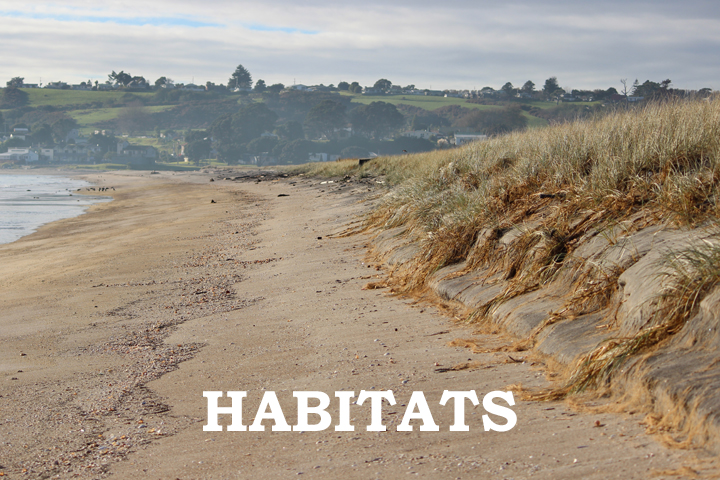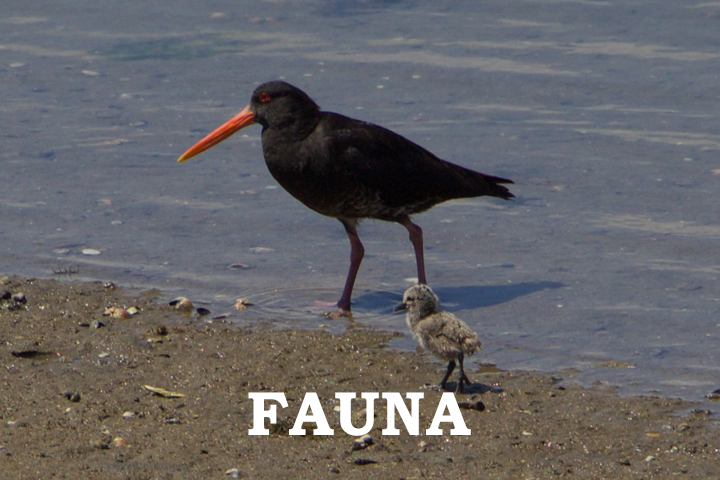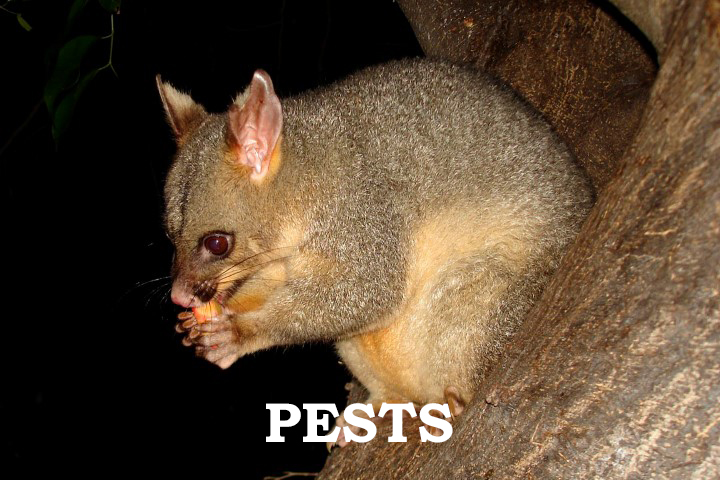The Environment
In and around Maketū we are incredibly fortunate to have an amazing range of habitats and wildlife. From the unique Maketū and Pukehina sandspits (the only example of sandspits running in opposite directions either side of a point in New Zealand, and one of only two in Australasia), wetlands, sand dune systems, rivers and estuaries, this area is exceptionally diverse.
Because of this, Maketū is home to a wide array of wildlife. The area provides habitats for shorebirds, seabirds, reptiles and invertebrates. Many migratory birds visit here on their journeys such as spoonbills, wrybills and godwits. Maketū was the start and end point for the legendary E7, a bar-tailed godwit which was tracked flying over 29,000kms over 6 months and 3 flights.
Sadly the area is also home to introduced pests such as rats, stoats, weasels, hedgehogs, feral cats and possums. These animals, while relatively harmless in their native environments, wreak havoc in New Zealand. Many of our native birds are ground nesting, having never previously needed to defend themselves from mammalian predators, and are easy prey for these animals. MOWS work tirelessly to reduce the number of pest species and increase protection for the native birds which nest in the area.
Pest plants are also a major problem. They out compete our native species meaning that many New Zealand plants are disappearing from areas. The introduced pampas taking over from the native toetoe is a prime example. One of our main ongoing tasks is to fight the battle with weeds and invasive plants in our project areas.
You can learn more about our work here, as well as the services we offer.
See below for more information on the flora, fauna and pests of Maketū .





